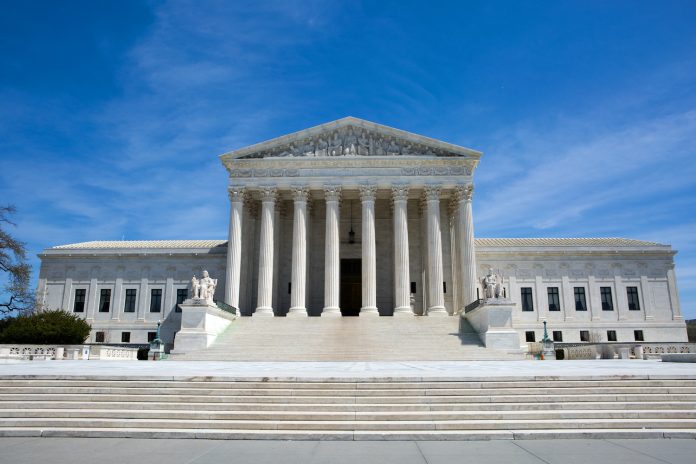The Supreme Court recently agreed to hear challenges to affirmative action policies practiced by colleges like Harvard and the University of North Carolina (UNC). The group that brought the case to the court, Students for Fair Admissions (SFFA), claims that evaluating college applications based on race — the basis of affirmative action — is discrimination, specifically mentioning alleged discrimination against Asian Americans by Havard and UNC, and white students applying to UNC. With these criticisms revitalizing during a time where the court leans towards a conservative majority, it seems that affirmative action policies in college admissions may soon reach their end.
The end of affirmative action policies could jeopardize the potential for an equal playing field for minority students living in marginalized communities, ultimately reiterating the economic, educational and racial disparity that the United States is known for. A ban on such policies would only supplement the ongoing racial inequity problems that the U.S. has long sought to fix.
In the long, controversial history of inequity in America, there have been many attempts at achieving equity in education before affirmative action came to be. Historically Black colleges and universities (HBCUs), for example, were created to give black youths the opportunity to receive quality and equal education that schools and universities at the time did not want to give them solely because of the color of their skin. They are an example of what racism in the educational system resulted in, eventually leading to practices such as affirmative action, which benefit, not harm, students.
So why is SFFA claiming that schools like UNC actively discriminate against white students?
It seems that they completely forget the fact that decades ago, it was white southerners such as Senator Harry Byrd, not minorities, that were discriminating against minorities in opposition to the integration of schools allowed by Brown v. Board.
Although there is some truth that schools such as Havard and UNC discriminate against Asian-Americans and make it harder for them to be selected for admission by engaging in racial stereotypes that describe them as “book smart and one-dimensional,” their college enrollment rates remain the highest of any racial or ethnic group in the country, reaching 62% in 2019 according to the U.S. Department of Education.
A study conducted by Howard University student Whitney Wright analyzes the disparity between education in suburban and urban areas in the U.S., stating that education between these two sectors are “… drastically different due to resources, teacher attrition rate and lack of parental support [with] Funds [being] allocated to the top performing schools, leaving many low performing schools at a plateau to produce mediocrity.”
With a clear discrepancy between these two sectors, it is hard not to think about the students that are overworking themselves in order to be on the same playing field as their affluent counterparts. Where educational and economic disparities lower their chances of success, they are likely participating in more extracurricular activities and enrolling in any Advanced Placement (AP) classes that are provided at their school. It seems unfair that these students have to maneuver around various educational and economic setbacks in order for them to be an ideal candidate for a prestigious university while affluent students — who have little to no disparities — do not have to endure that many obstacles.
Along with urban schools enrolling more diverse students from other ethnic and racial backgrounds, and 27% Hispanic and 15% Black student enrollment comprising public schools, it seems understandable that affirmative action should be kept due to the various racial, economic and educational disparities these minority groups may face compared to affluent, majority students.
However, if some people are not swayed that eliminating affirmative action may do more harm than good, at least take into consideration that some universities such as Havard are accepting students based on legacy admissions, illegal bribery or by wealthy parents donating money in exchange for their kid’s admission into schools. These forms of legal and illegal bribery are much more detrimental than affirmative action since these spots may go to applicants that are not well-qualified for that school’s academic rigor. Scandals such as actress Lori Loughlin paying half a million dollars in bribes in order for her two daughters to go to USC and Hip-Hop legend Dr. Dre’s daughter being accepted into USC after his $70 million dollar donation in 2013 are examples where money is exchanged for college admissions instead of their kids’ academic achievements.
The end of affirmative action would be another disparity among minorities trying to have equal footing with their counterparts. With the ongoing racial, economic and educational disparities these groups encounter, it is necessary that affirmative action policies in colleges that practice them continue in order for the disadvantaged to receive opportunities that otherwise would not have been given to them.
Eric Mena is an Opinion Intern for the winter 2022 quarter. He can be reached at ermena@uci.edu.





